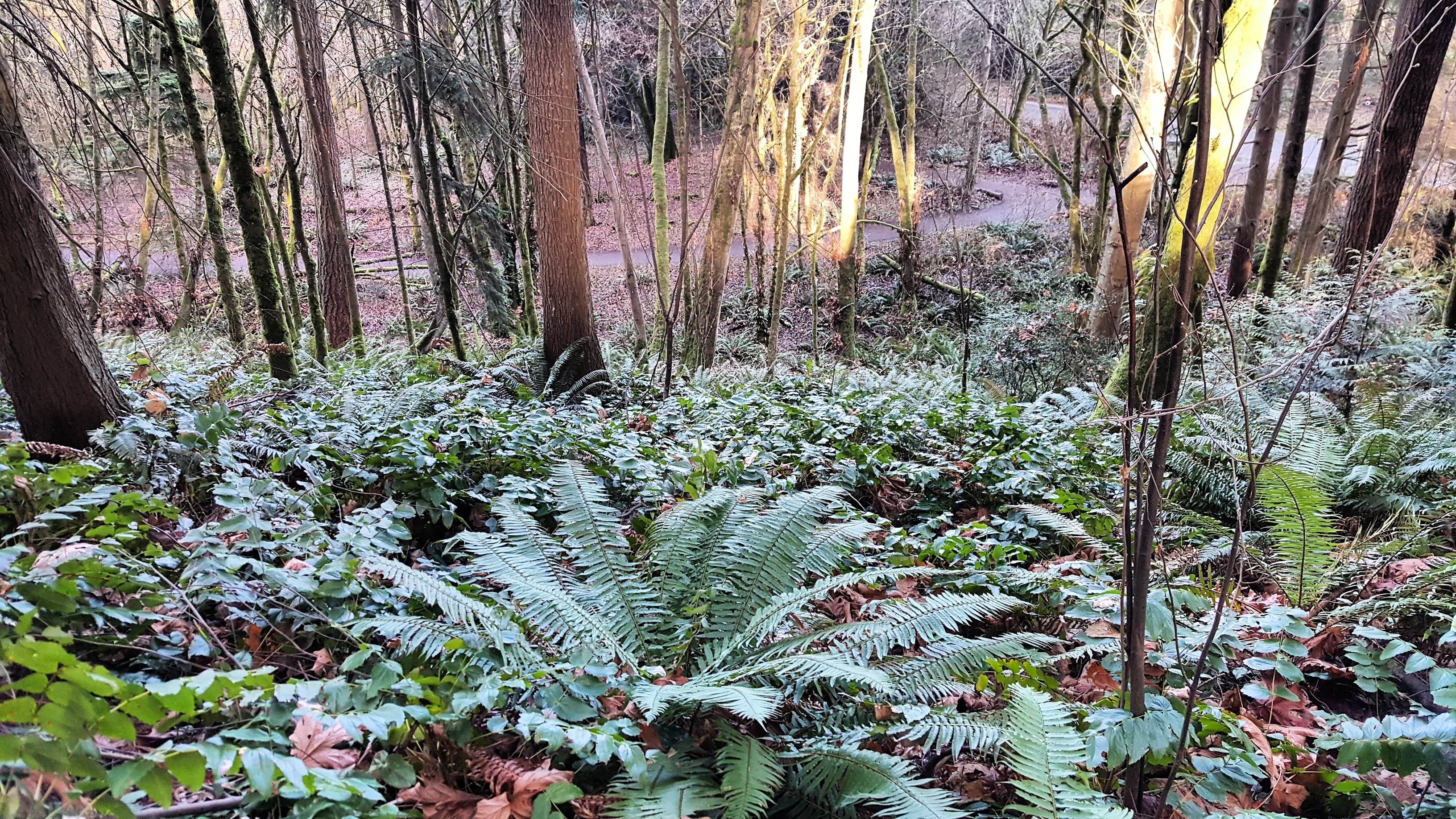
Two Years of Hard-Earned Lessons in Seedling Survival
Seattle Parks and Recreation along with the Green Seattle Partnership work hard to ensure tree planting projects lead to healthy and resilient forests. To better understand how well our seedlings are surviving, Seattle conducted surveys in 12 of its restoration projects from the 2017-2018 planting season, covering 43 acres of parkland. We set out to find out why some seedlings prosper while others perish, while also teasing out the factors contributing to seedling survival.
Initial studies happened in 2018, and follow-up field work took place in late summer 2019. The major elements we looked at in our review of the plantings include tree canopy cover, competing shrub and weed cover, density, diversity of tree seedlings in the understory, and seedling care after planting. This blog post summarizes the results of these most recent field surveys of the 2017-2018 planting projects.
First and foremost, these seedlings had two T O U G H weather years in a row. The hot, dry summer in 2018 stressed the seedlings, which are most vulnerable in their first year after planting. In 2019, unusual freezing weather in February, drought in spring, and an overall low-precipitation year took a substantial toll on seedling survival.
Notice more heat in Seattle? To learn more, click on the image for a link to our article on Extreme Heat and Seattle Urban Heat Islands.
Across all 12 projects, survival fell to 46% in the fall of 2019 (down from a conservative calculation of 83% in fall of 2018). About half the sites had survival between 57% and 69% (and one site where almost nothing died!). Though this news may sound disappointing, this outcome is reasonable given the difficult conditions in 2018 and 2019. The other half of the sites did much worse. Seedlings that were alive in 2018, but showed signs of stress, typically did not survive through 2019. A gentler winter and wetter spring and summer may have mitigated these losses.
What Factors Affected Tree Survival?
Take a look at the tabs below to learn more about how various site conditions can impact seedling survival:
Canopy Shading
Seedlings planted under dense canopies with shady conditions on the ground lead to high mortality. Sites with more than 50% canopy closure suffered 74% mortality on average, compared to 37% in more open sites. Also, seedlings that survived into 2019 were significantly taller when found in sunnier areas compared to those found under shady canopies.
Shrub and forb competition
Availability of water and light affects the density and distribution of naturally-regenerating seedlings in our forests and the survival of planted seedlings. Any competing vegetation, even native vegetation, may take those resources away from the seedlings. Abundant cover of nearby tall vegetation (like salmonberry) can significantly reduce planted conifer seedling height. While neither tall nor short vegetation showed in impact on seedling mortality, we surmise that over longer time frames, these suppressed seedlings will either not grow very fast or succumb to other plants encroaching on their space and resources required to grow.
Seedling Care
Sites with the highest survival rates also benefitted from ongoing stewardship and maintenance activities, including mulching, watering, and clearing of vegetation before and after planting. Sites that were watered had on average 26% mortality on average, while un-watered sites had 65% mortality. Watered sites also tended to have mulching and brushing of competing vegetation Mulching and site prep also showed modestly higher survival.
Total seedling density and ecological condition
Although mortality rates among seedlings planted in 2017-2018 are somewhat low, overall seeding densities are much healthier when including natural regeneration and seedlings from previous plantings. Three sites have more than 800 seedlings per acre, and a majority are broadleaf species. Seedlings are in competition with each other in these hyper-dense conditions, and conifer species tend to lose out under the faster-growing broadleaf species. Appropriately, reducing density may be called for in some circumstances. About half the sites had good overall density between 150 and 350 seedlings per acre, with a mix of conifer and broadleaf species. Only three sites had very low total survivorship less than 50 seedlings per acre, where additional planting may be required. These three sites had some of the highest canopy closures, meaning that the dark, shady conditions makes it hard for seedlings (even shade-tolerant species) to survive.
Key Take-Aways for Future Projects:
Restoration managers can take a few concrete actions to improve seedling survival in future projects.
- Ensure there is sufficient open canopy for seedlings to thrive by either cutting canopy gaps or locating plantings in natural canopy openings. Expect high mortality rates (around 75%) when planting in areas with more than 50% canopy closure.
- Favor the investment in longer-lived species. Tall shrub vegetation (including native vegetation) should be cleared within a 3 to 5-foot radius of seedlings when planted (manually cutting “cones of light”)) to give seedlings room to grow.
- Watering correlates with the highest survivorship. Water where feasible. Where it is not feasible, plan for higher mortality rates and invest in higher density of plantings to offset mortality, mulching and vegetation control.
- Assess overall seedling density and the presence of competing and faster-growing broadleaf seedlings – make sure natural broadleaf regeneration isn’t crowding out the planted seedlings!
This summary gives you a glimpse of the ecological monitoring that gives us the latest information from the field on how tree seedlings may be responding to the changing environment and our stewardship and care. Check out the GSP Research page if you want to see more about what we know about the forested natural areas and restoration ecology.

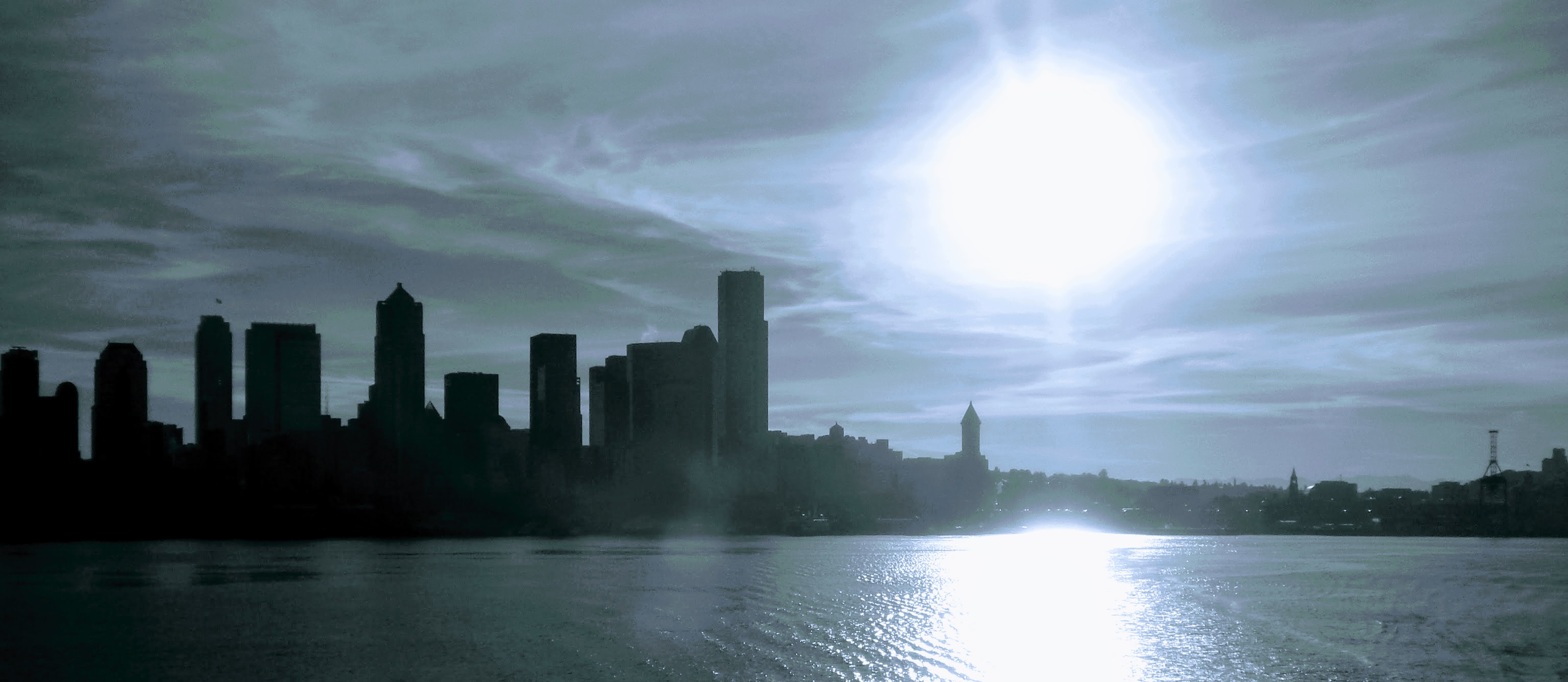
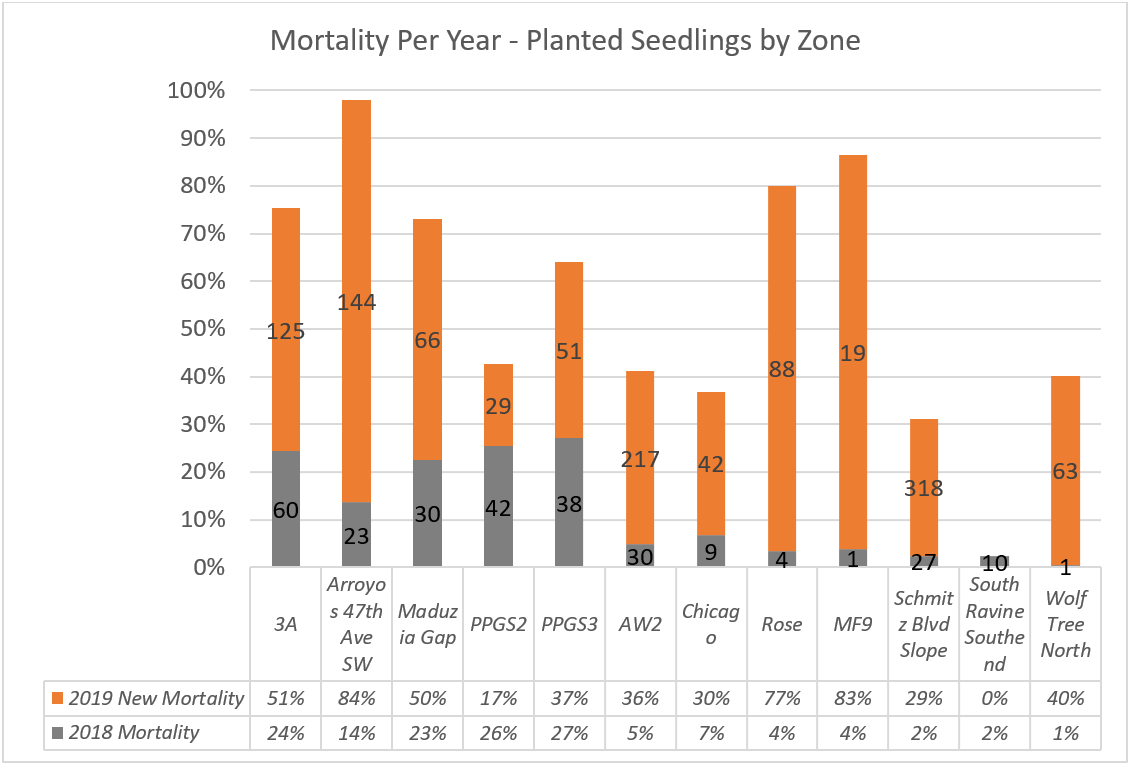

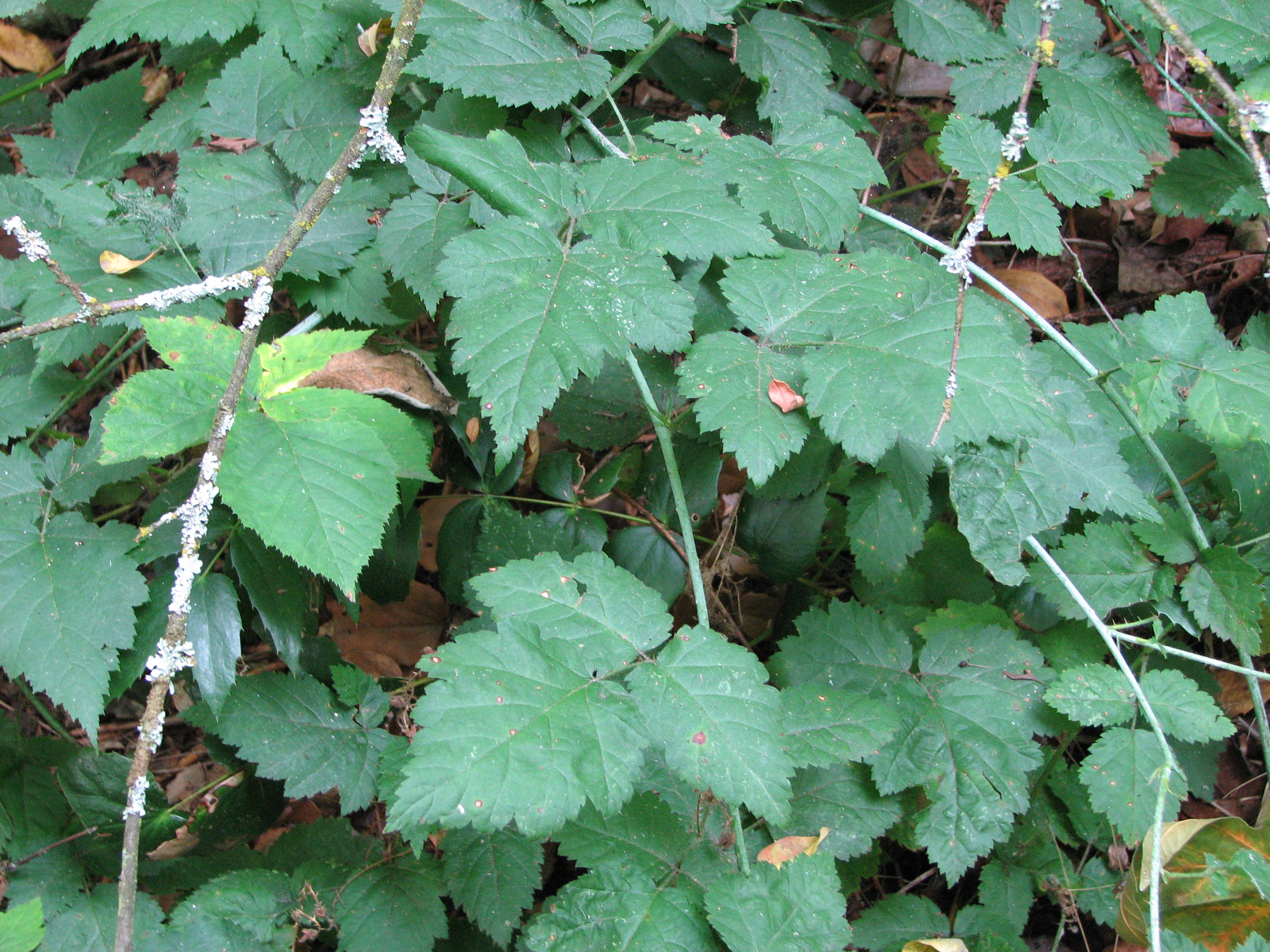
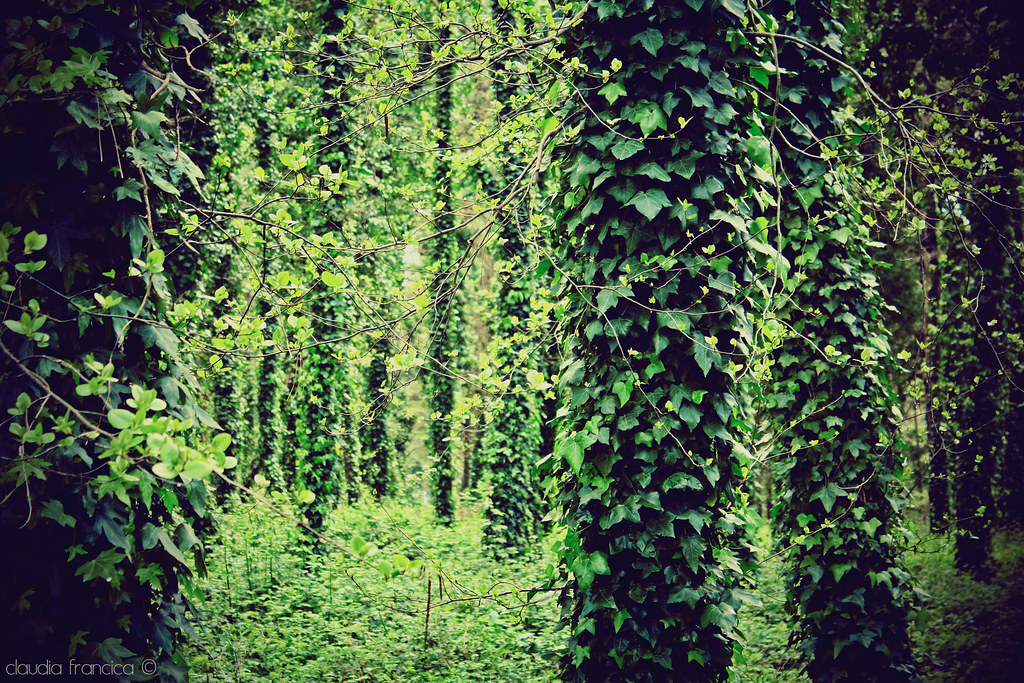

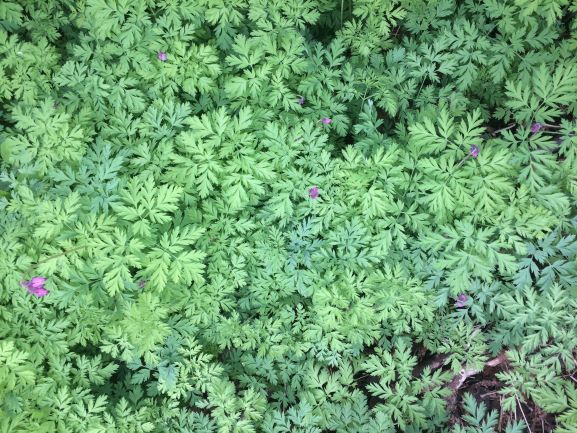
Thank you so much for this informative and timely critical article and outcome study.I appreciate your efforts in keeping Seattle’s Urban Forest green and growing.
I think this is important information. Area-wide plantings of natives involves a significant investment of resources, both in the hours of volunteer labor and the cost of the plants and mulch. Your findings are similar to what we have experienced in Forest Park in Everett. I’ve written a chapter on this subject in my guidebook on backyard forest restoration available as a free download from my blogsite at https://backyardforestrestoration.com